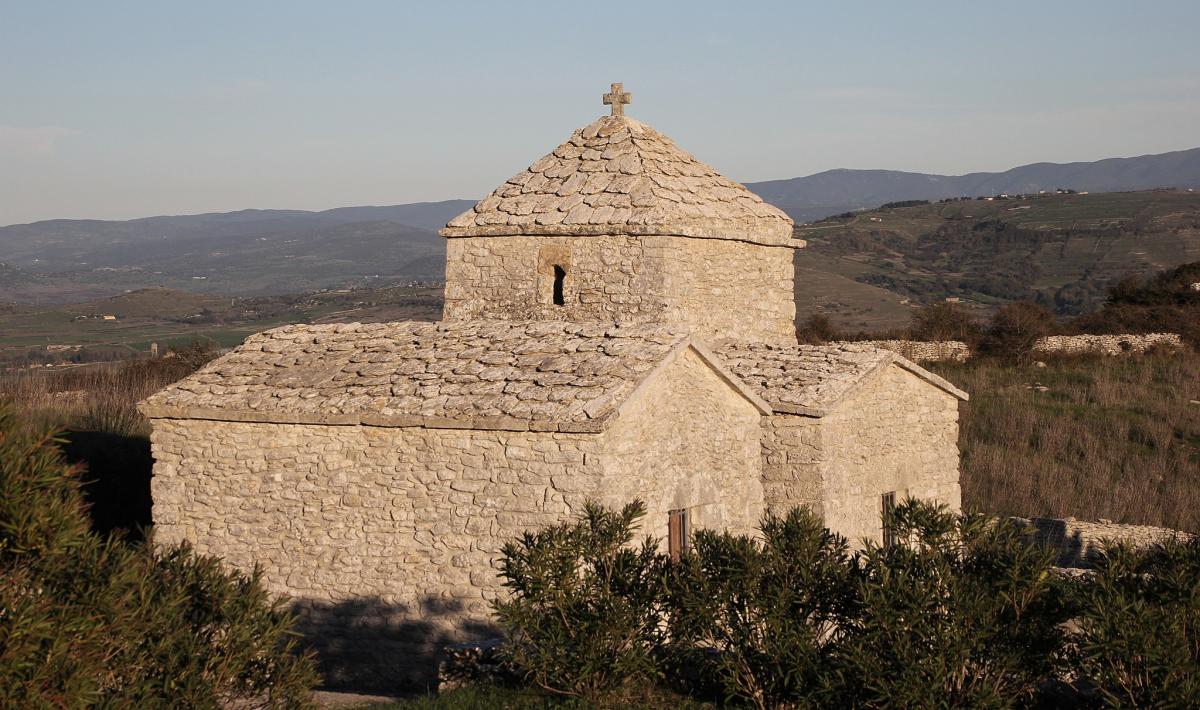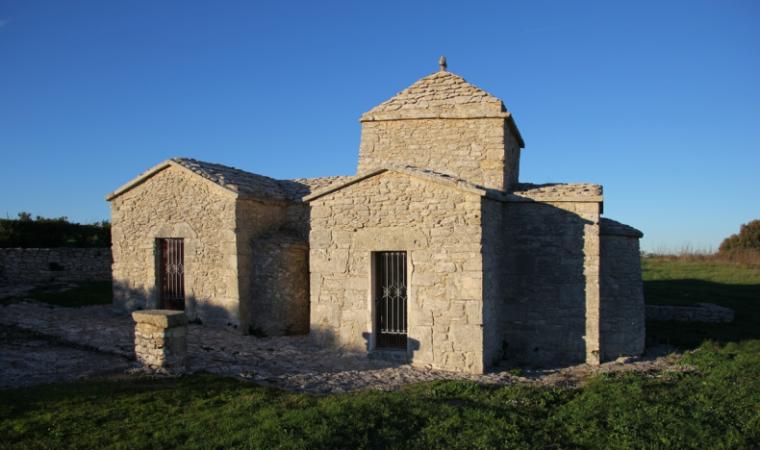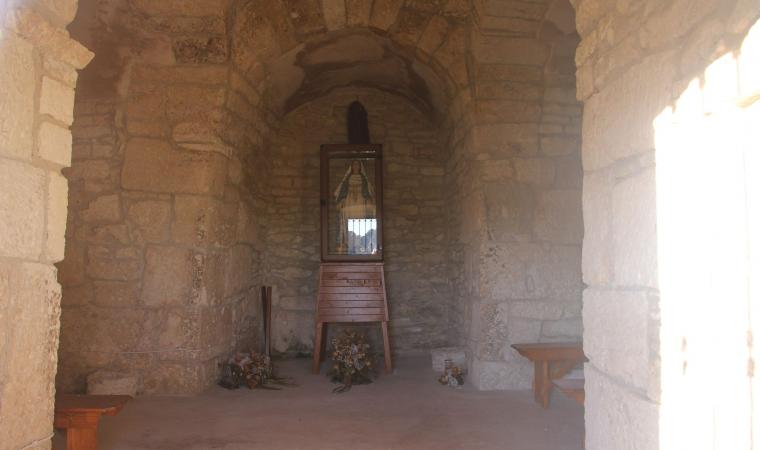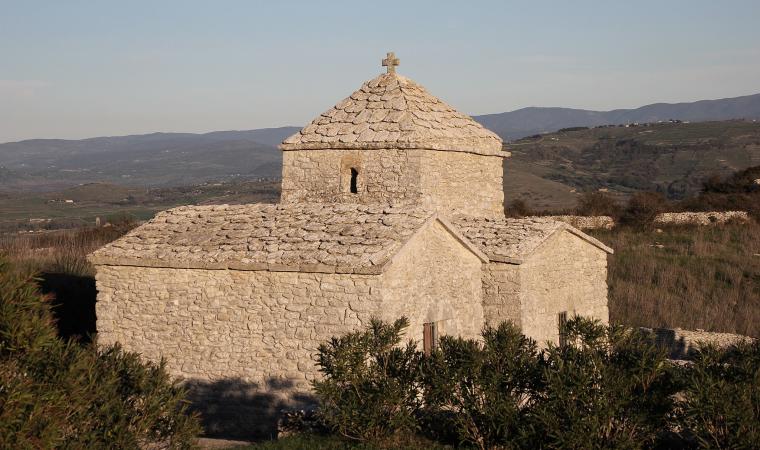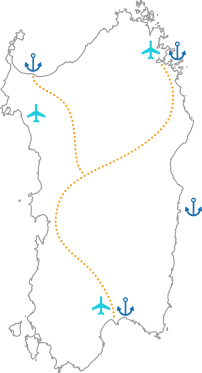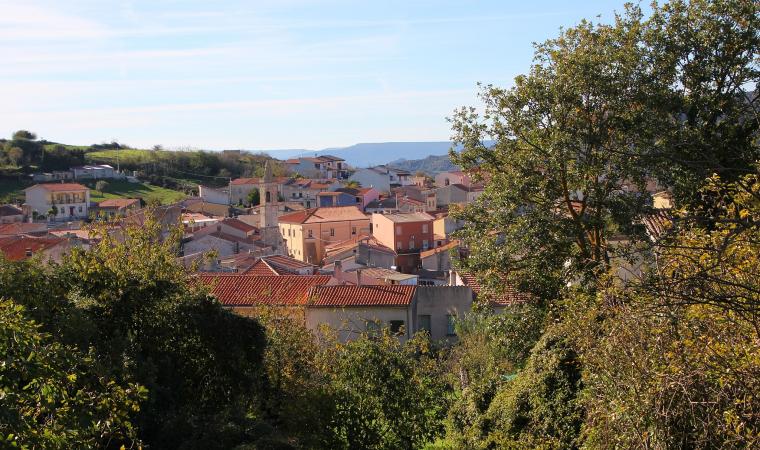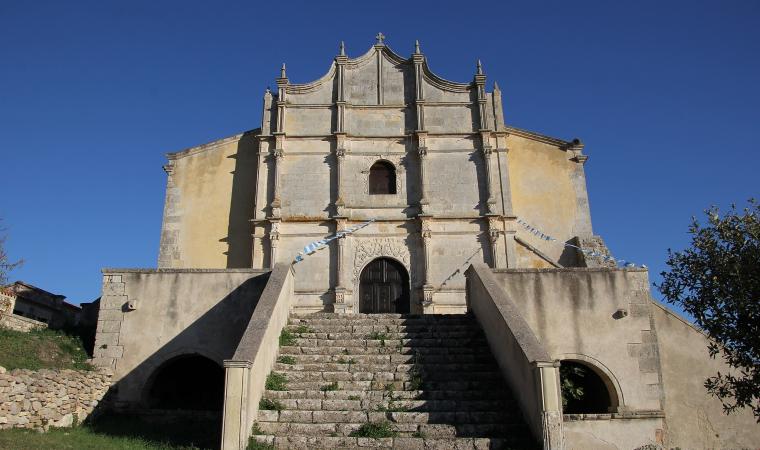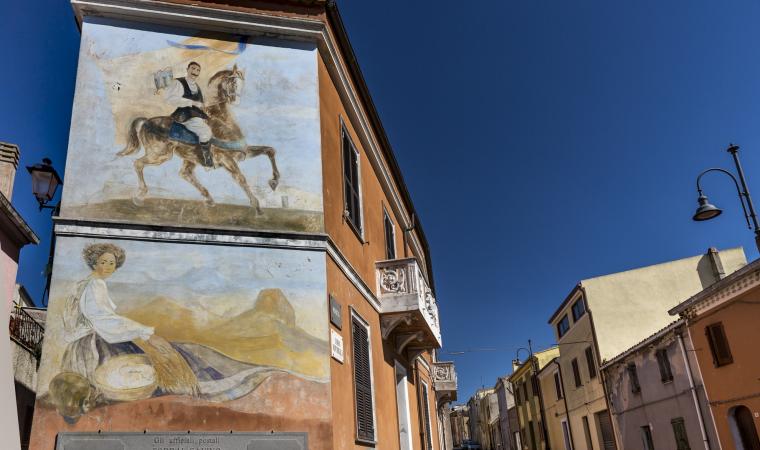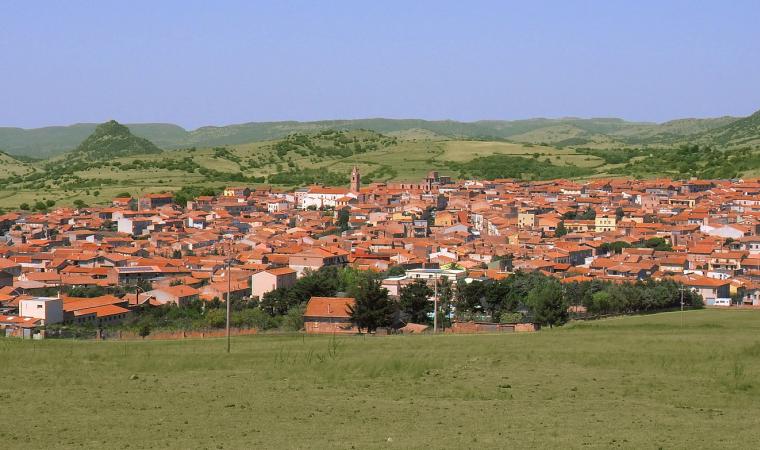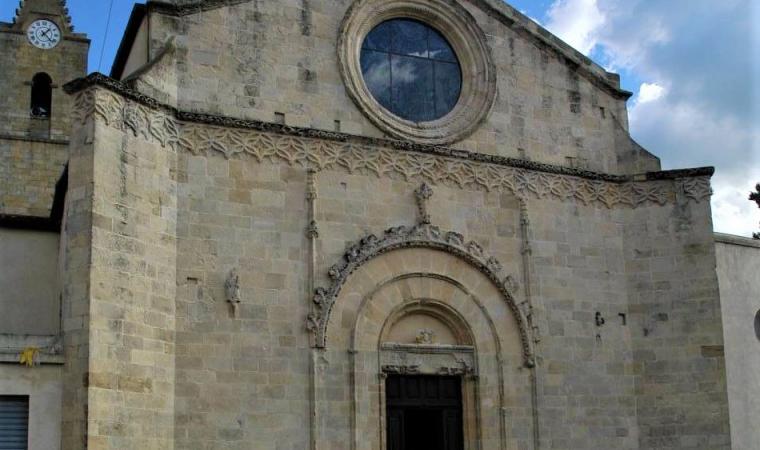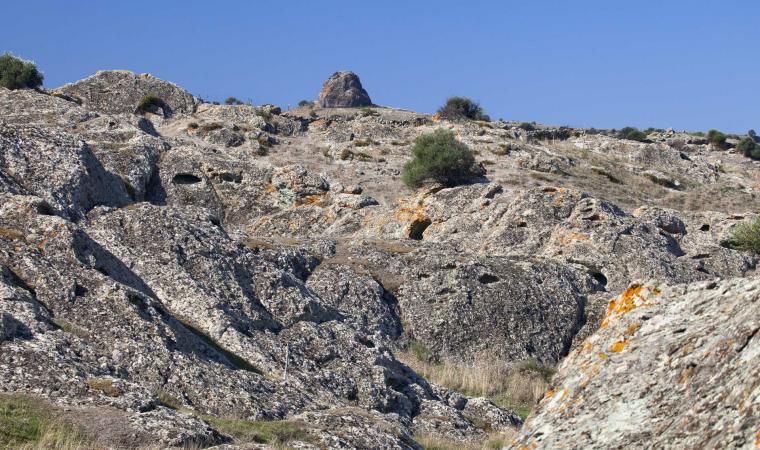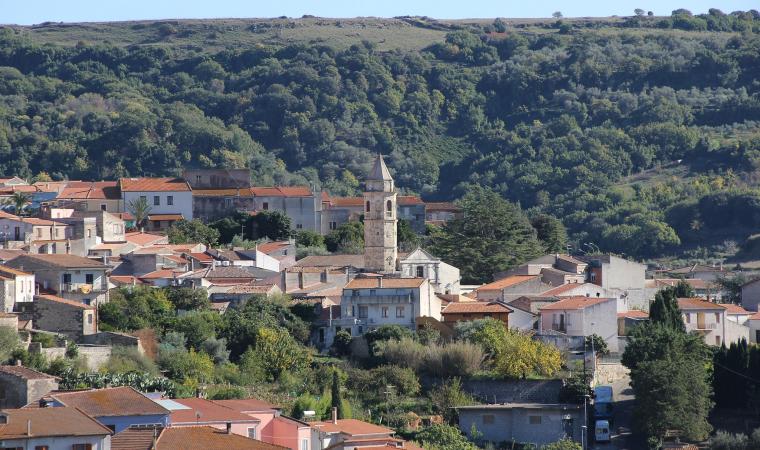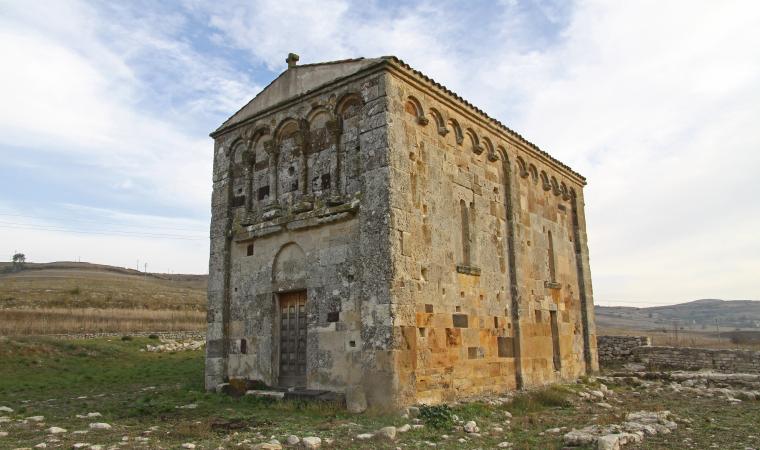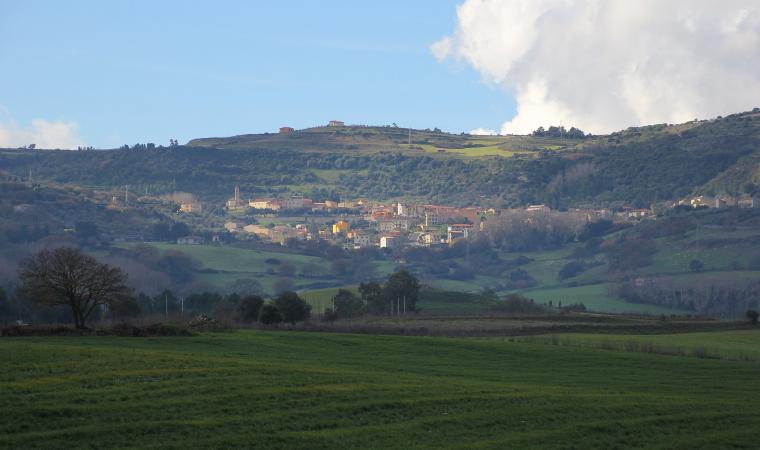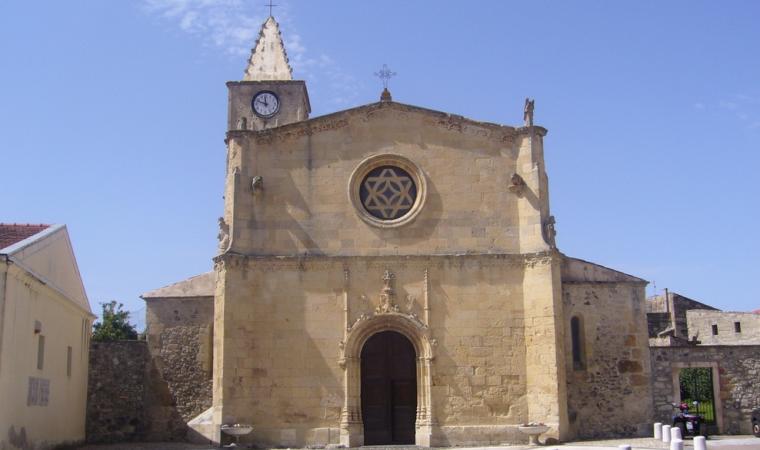A small white jewel that hides its age and harbours ancient traces of devotion and religious fervour. The church of Santa Maria Iscalas stands on a plateau at the foot of Mount sa Costanza, about six kilometres from Cossoine, set in a captivating landscape where it stands out, thanks to its white limestone ashlars that contrast with the green of the surrounding woods and valleys. There are various theories about its origin: it may have been built around the 11th century by Camaldolese monks, while others consider it to be more ancient, dating back to the 6th century. It is likely that various construction phases followed one another and the current late-Byzantine forms were based on pre-existing early medieval buildings.
The name iscalas (steps) refers to the difficulty of the route that connected the village and the church, located about 600 metres above sea level. The steep slope and the effort it involved led the Cossoine people to compare the path to climbing a ladder.

